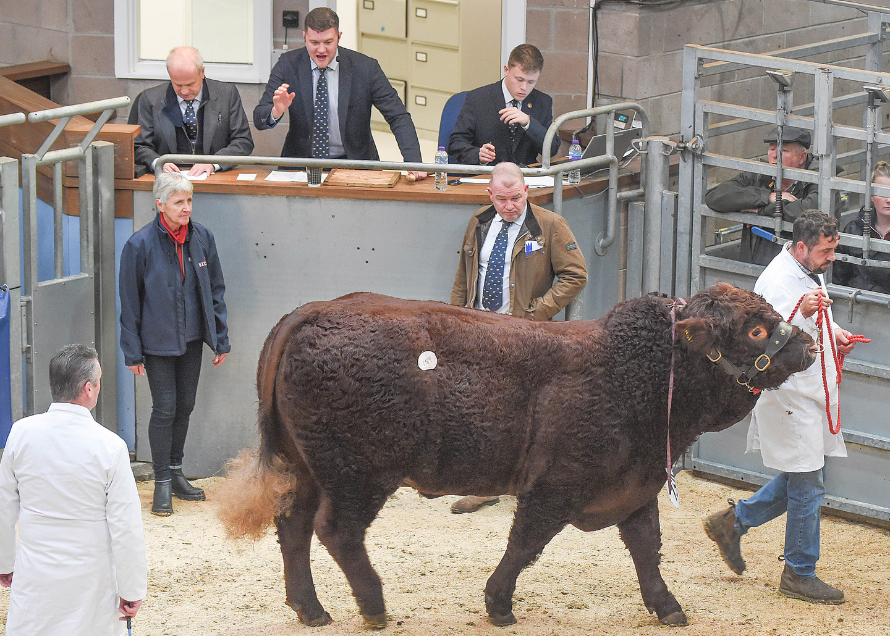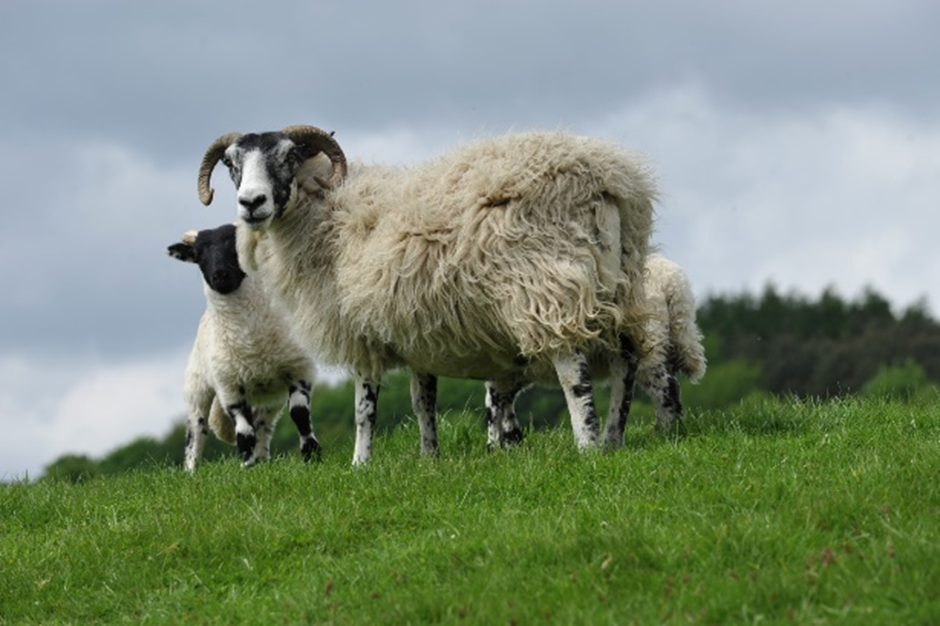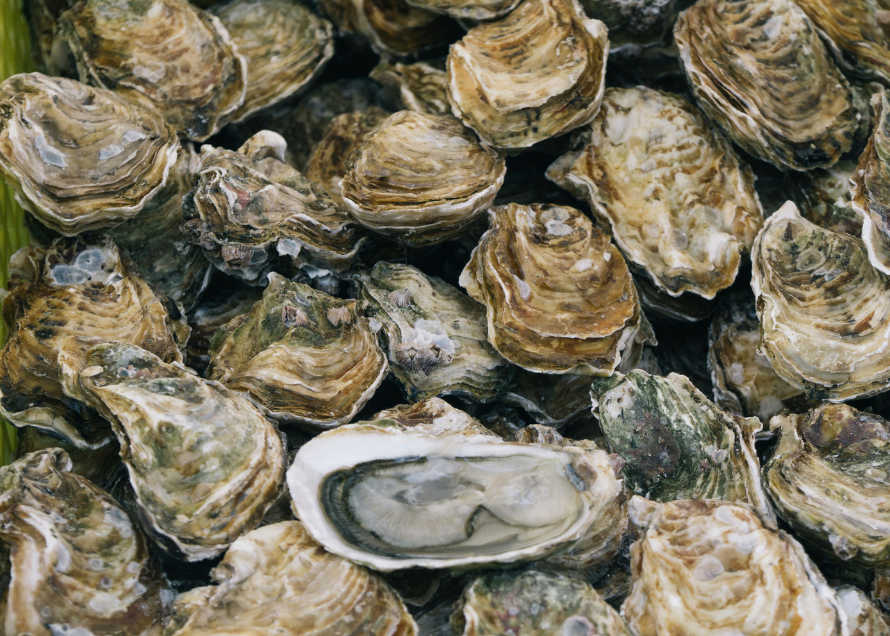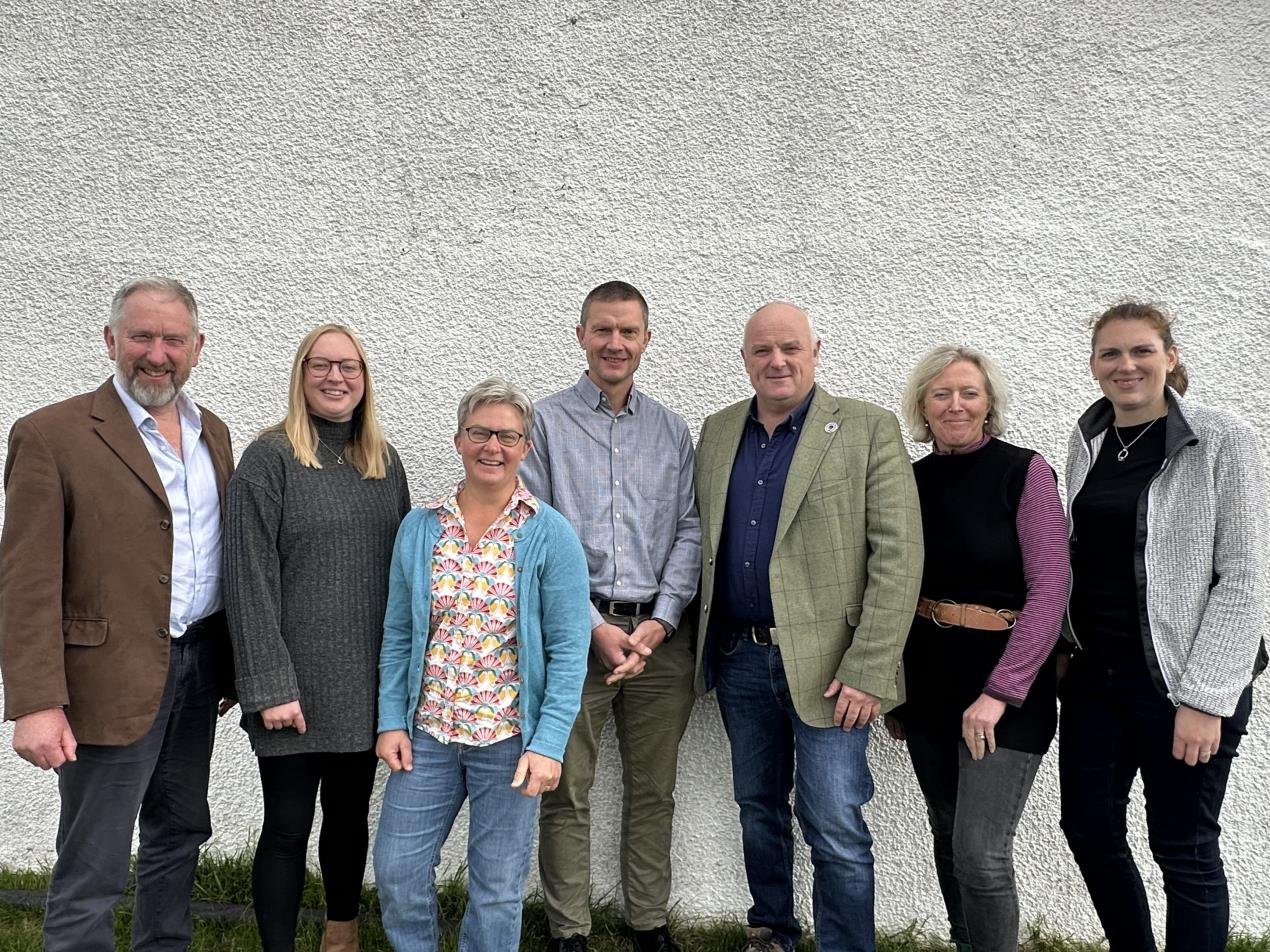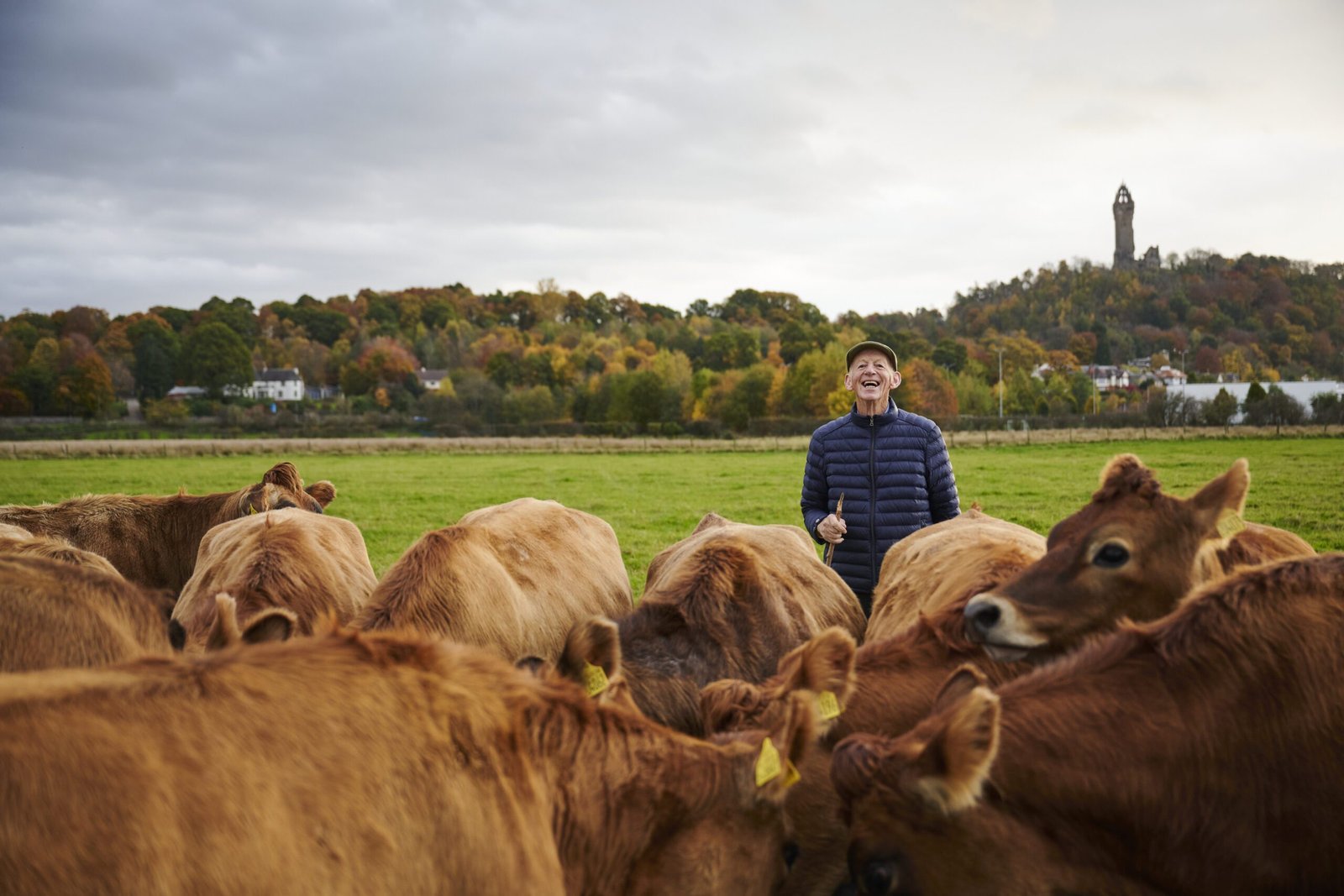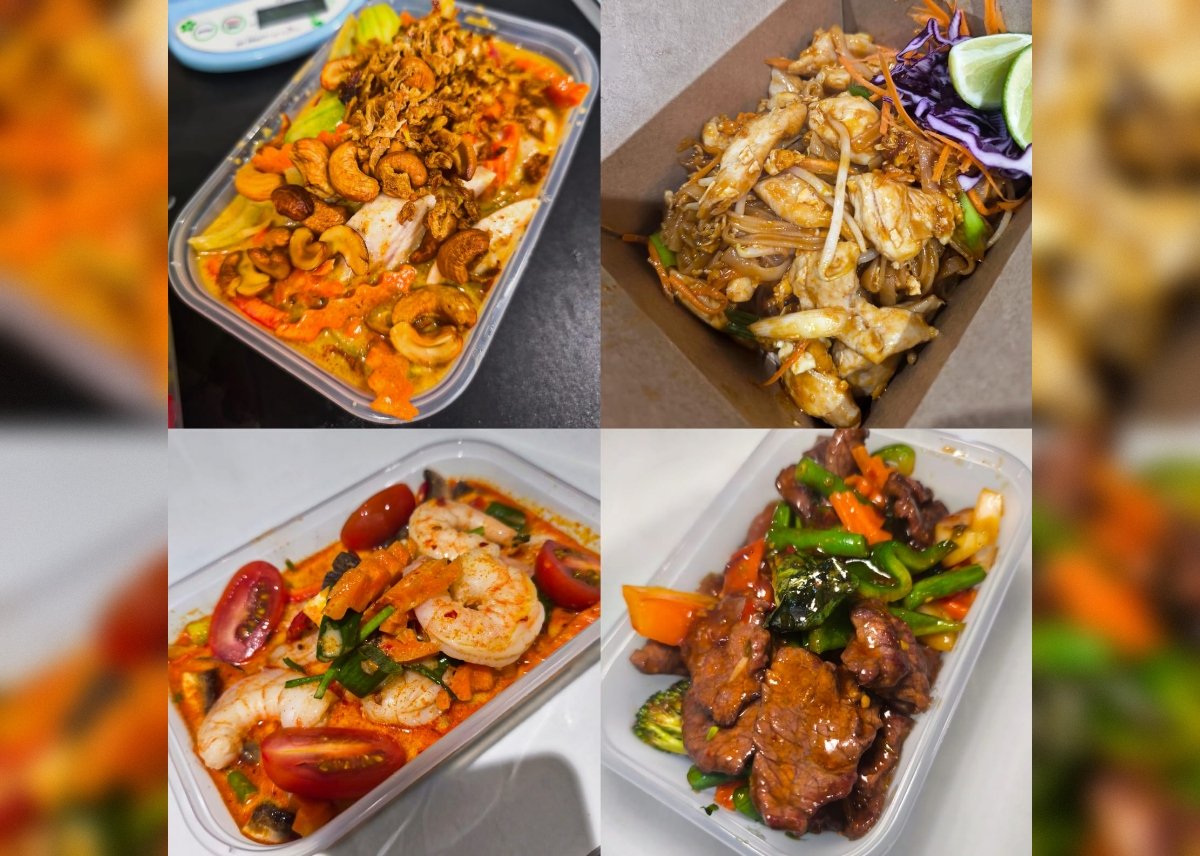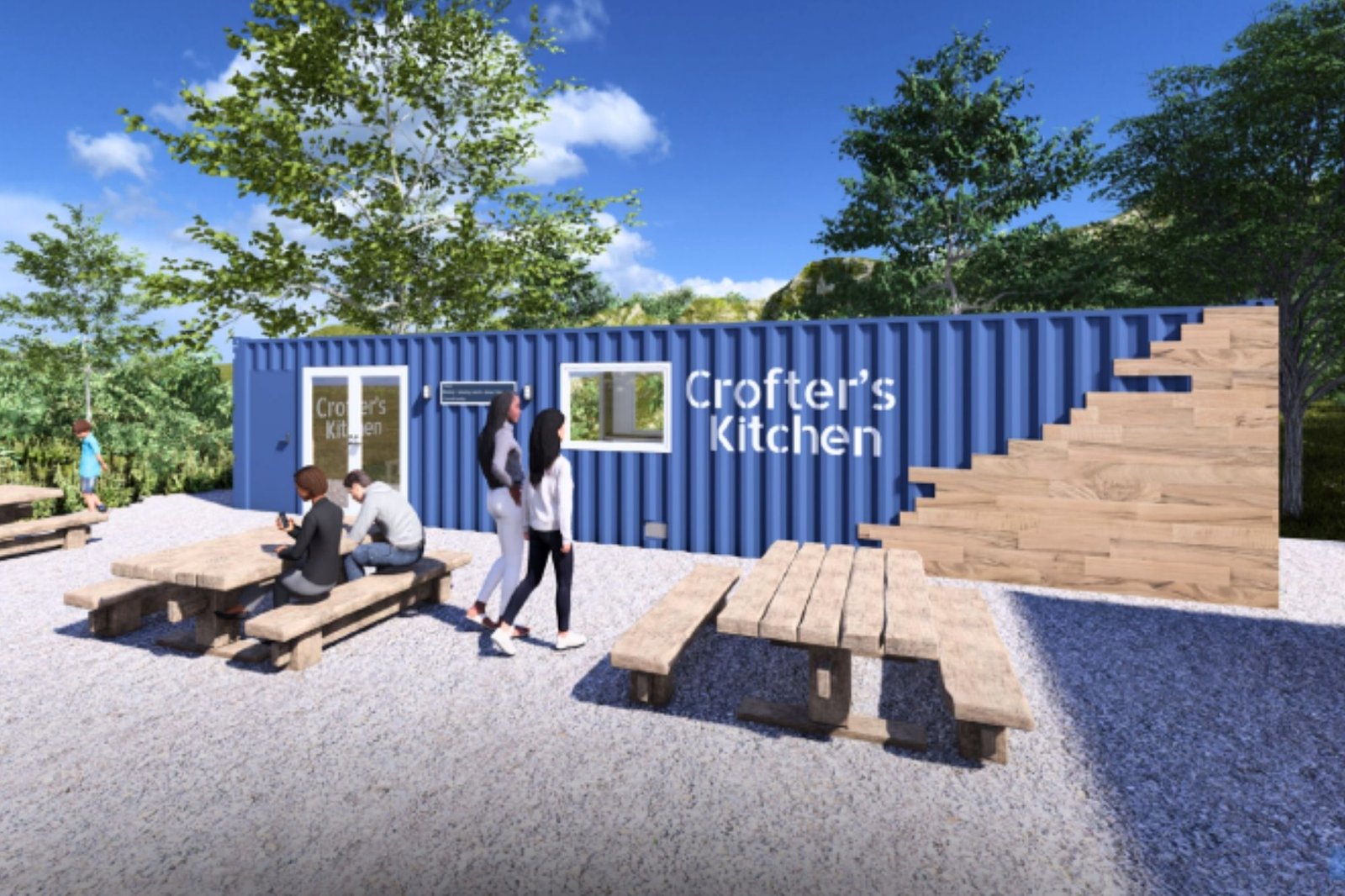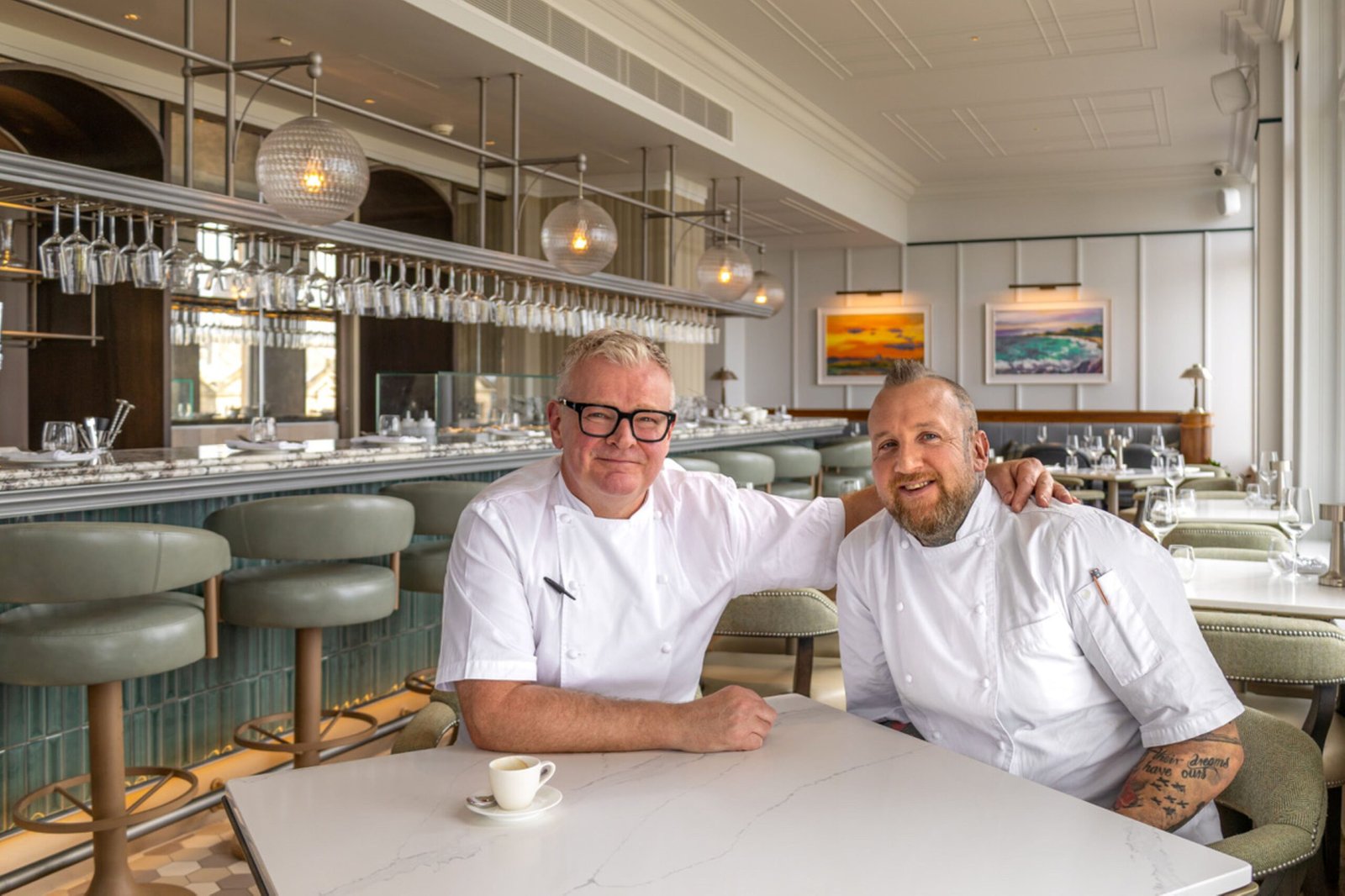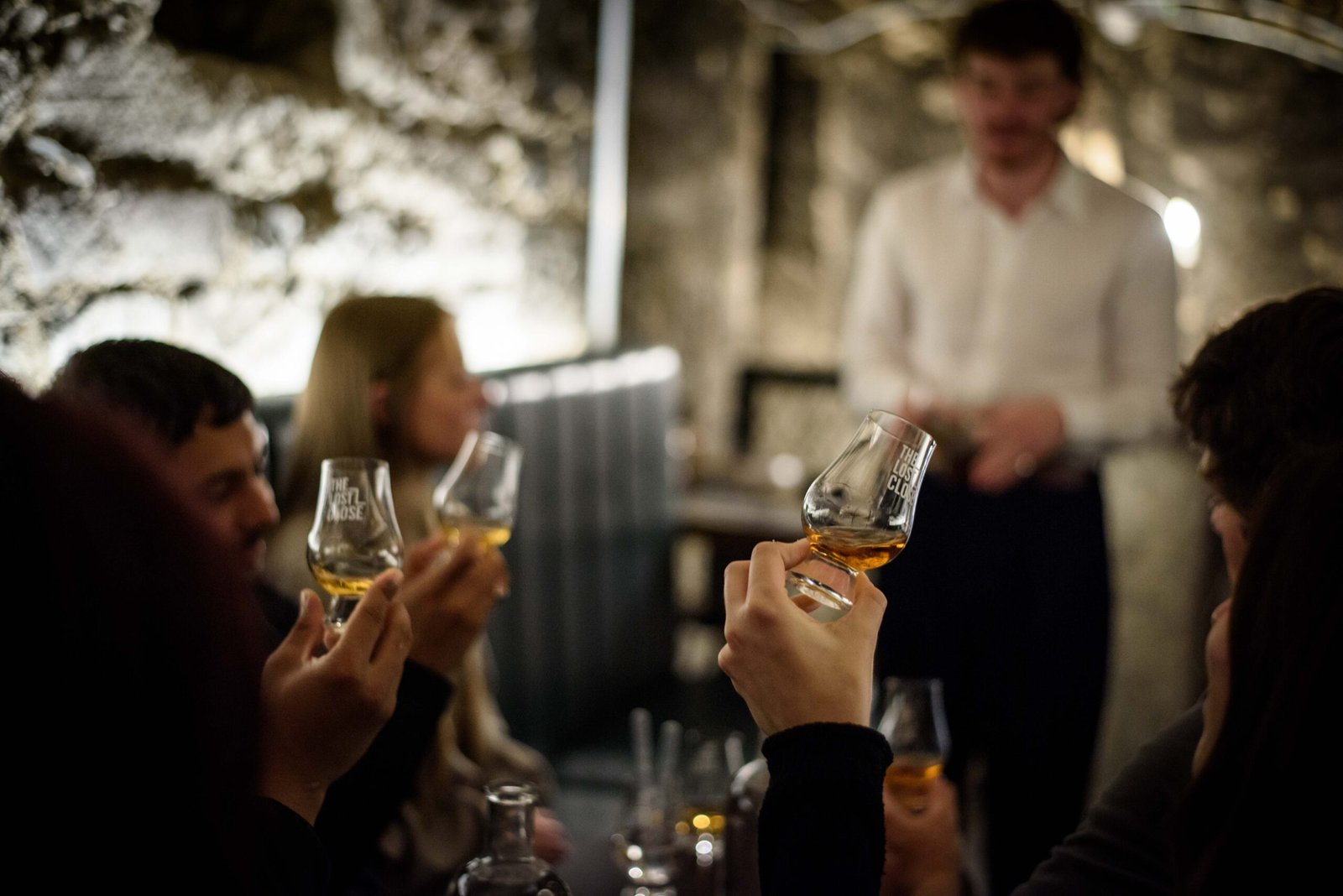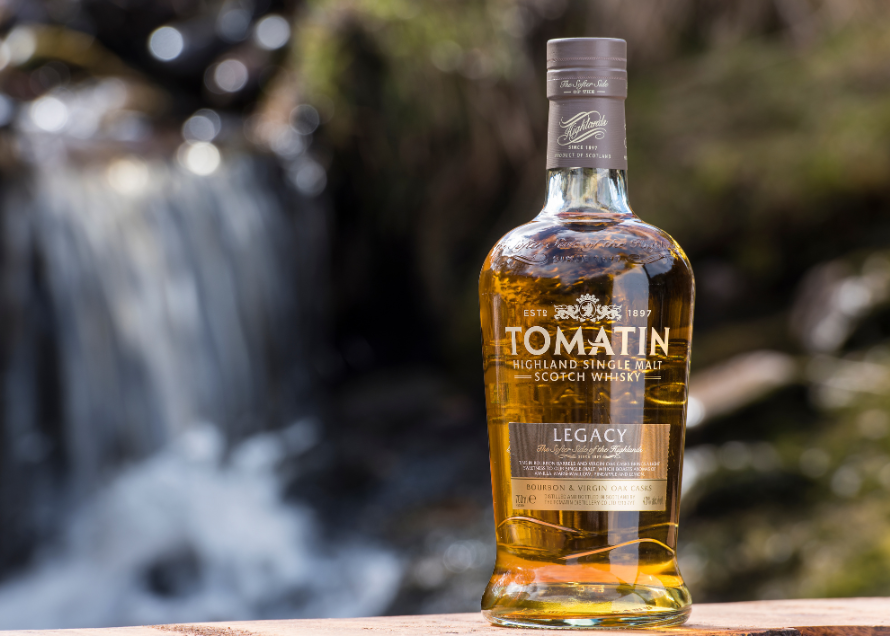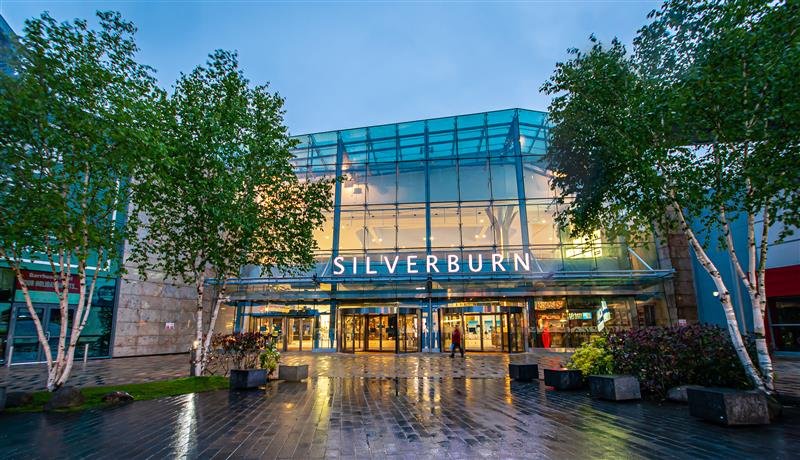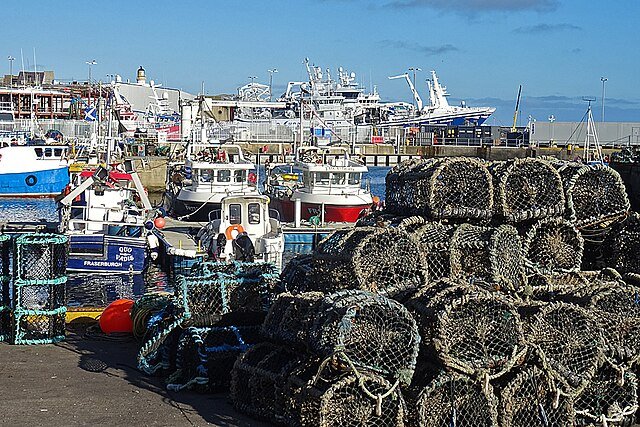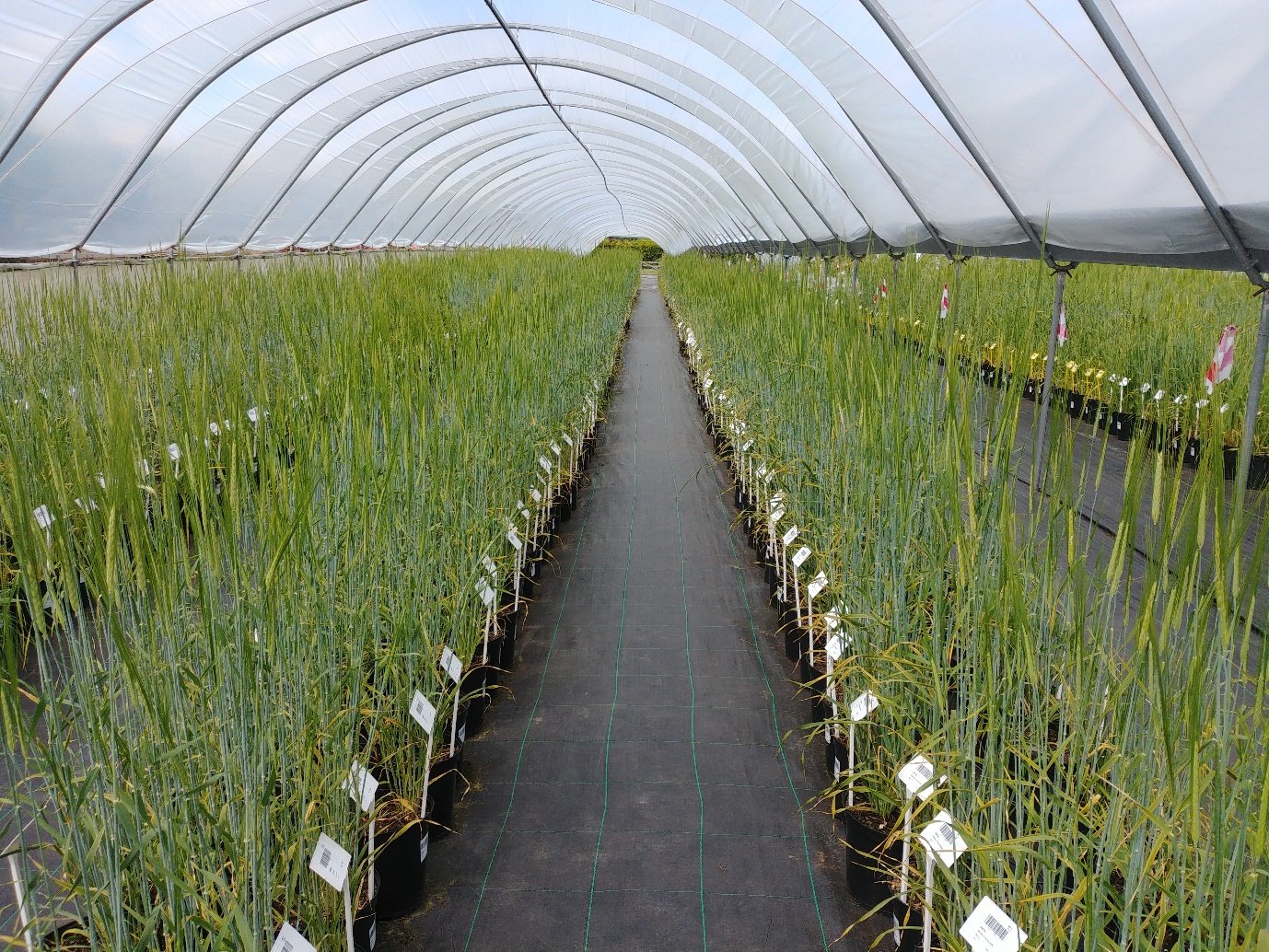Buoyant beef trade at Scotland’s livestock marts is keeping confidence strong in the sector.
Even though cattle prices are down from the highs seen earlier in the year, they are still well up year on year, instilling ongoing confidence among beef producers, says Andrew Hunter-Blair, auctioneer at Craig Wilson Ltd in Dumfries & Galloway:
“Prices hit a peak in June, with store cattle being sold for £400-600 more on the year and heifers with calves at foot averaging up to £1000 more. We’d anticipated the price would drop over the summer, which it has, but it’s still higher than it was last year and from sales last week it looks like prices are starting to pick up again.
“This could partly be due to low numbers as a result of a lot of forward selling in the Spring. It’s a new age of pricing and we need to get used to it. Demand is strong and it’s really good to see producers rewarded for the work they put in with prices where they should be. There’s definitely positivity among our customers.”
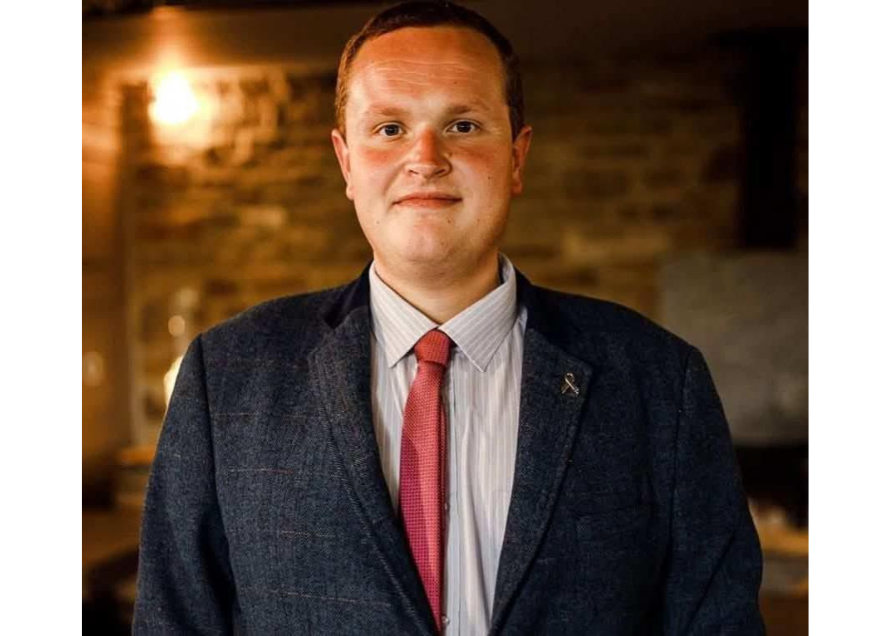
Andrew has also seen more livestock bought and sold through the ring this year.
“There have definitely been more folk around the ring and trading. They are seeing the value. There also seem to be fewer private sales on farm. In the mart, there’s the competition that you don’t get with a private sale, with say 6-8 buyers bidding, which widens the market potential and you get the best price on the day. Many wouldn’t dream of asking those prices at home.”
Murray Steel, auctioneer at United Auctions, and who, like Andrew, represents young auctioneers with the Institute of Appraisers and Auctioneers in Scotland (IAAS), agrees that he has never seen trade like this in his nine-year career to date:
“There’s a lack of numbers in the suckler herd both domestically and globally. It’s an older industry and many have come out of beef as they weren’t getting the returns. We’re seeing now the impact of the low supply and rising demand. While fat cattle prices are back at the abattoirs, they are going from strength to strength in the ring. Those who have stuck at beef are now reaping the rewards. Everyone is upbeat and in good spirits.”
The last 4-5 years has seen a number of dispersals, and while there may not be many new producers coming into the industry, Murray is seeing a positive attitude among customers:
“Those who are staying in cows are keeping their numbers up and buying more which will help stabilise the national herd. The current values will hopefully encourage them to continue to invest.”
While prices for fat cattle have levelled out over the summer, Murray predicts the back end of the year will be sharper:
“The value of the marts really shows at times like this. The ring’s been paramount in the way trade has risen, and the marts are a pivotal part in getting store and fat to where it is today. The processors may see tight trade in the Spring which will trickle down but there’s definitely a bright future for breeders and sellers at the marts. There’s never been a better time, the trade is going from strength to strength.”
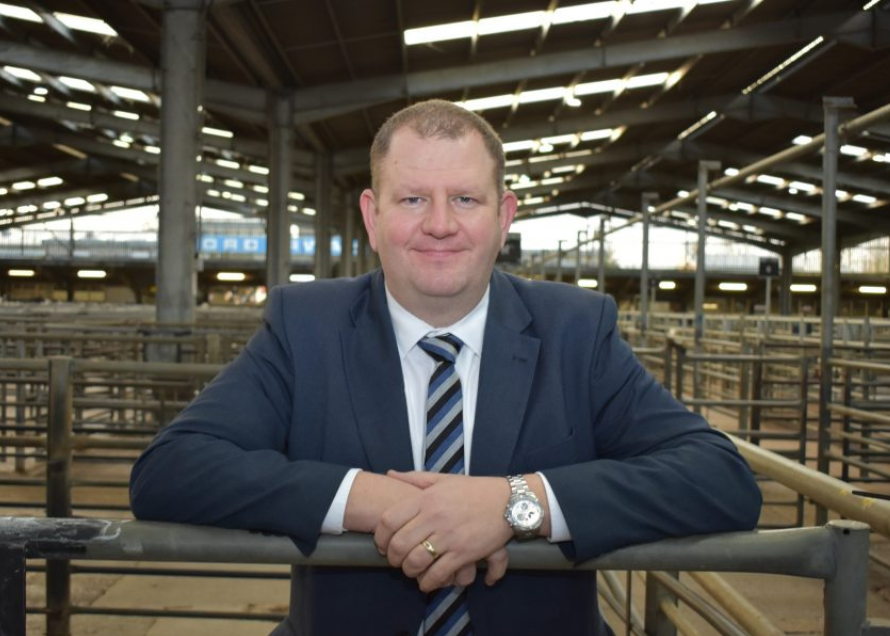
Neil Wilson, Executive Director of IAAS, said:
You Might Also Like:
No related posts.
“The marts are agile and remain dynamic and active to meet market demand. Despite the challenges of US trade deals, policy changes, economic uncertainties, and more recently, BTV, it’s excellent to see the beef trade as strong as ever. The marts have a significant role in safeguarding a competitive marketplace, and never is it more obvious than when balancing supply and demand.”
While UK beef production is expected to decrease by 5% this year, AHDB forecast 1% rise in demand for beef in 2025. The Red Meat Resilience Group, of which IAAS is a member, is working together with Quality Meat Scotland on the industry-wide campaign, Meating Your Potential, to promote future red meat production in Scotland.
“We need to work together along the whole supply chain to reverse the decline of suckler cow numbers and get the best returns back to the farmgate. Scottish beef is the backbone of Scottish agriculture, and we hope this rise in values will encourage producers to reinvest. Whether it’s putting on two or 22 more cows, it will all contribute towards stabilising the herd and ensuring the future of beef production in Scotland.”

